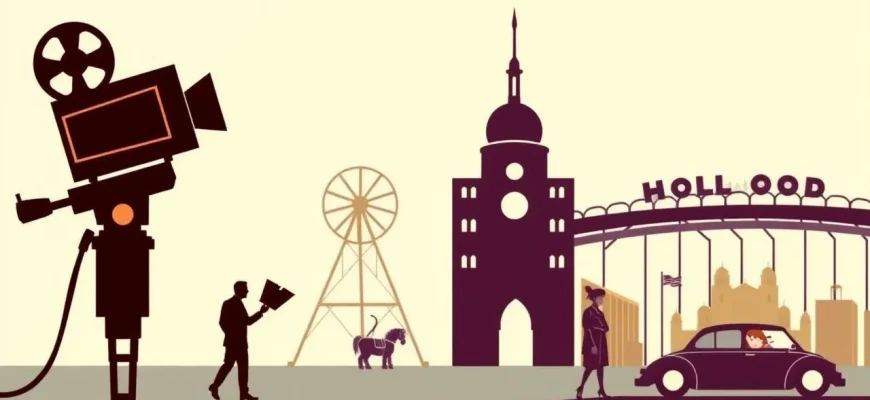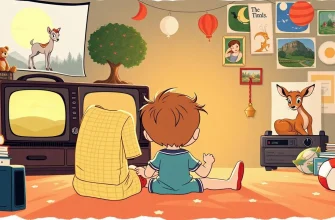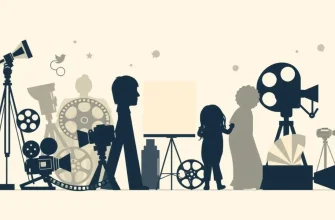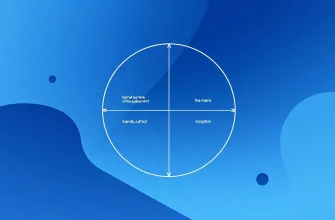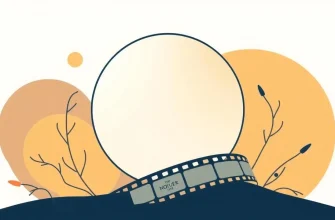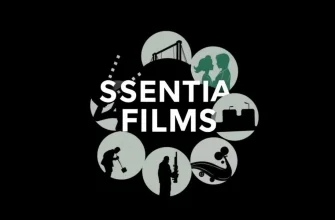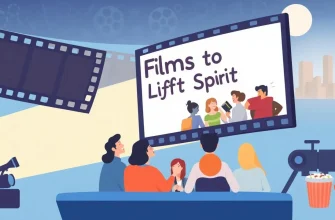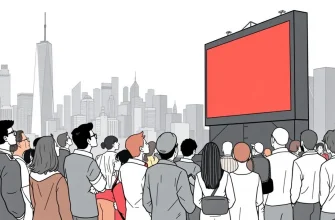The 1930s was a golden era for cinema, marked by the transition from silent films to "talkies," the rise of Hollywood's studio system, and the emergence of some of the most iconic films in history. This selection of ten films from the 1930s showcases the diversity, innovation, and enduring appeal of movies from this transformative decade, offering a window into the past for modern audiences to appreciate the roots of contemporary cinema.
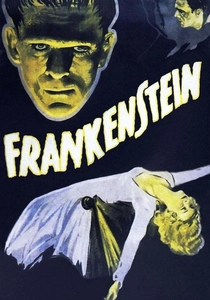
Frankenstein (1931)
Description: This horror classic introduced audiences to the tragic figure of the Monster, exploring themes of creation, responsibility, and the human condition.
Fact: Boris Karloff's portrayal of the Monster was so iconic that he was often typecast in similar roles afterward.
 Watch Now
Watch Now
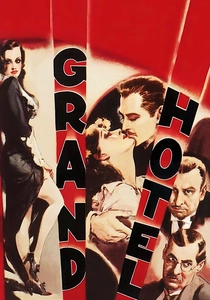
Grand Hotel (1932)
Description: An ensemble drama set in a luxurious Berlin hotel, this film intertwines the lives of various guests, offering a snapshot of human nature and societal issues of the time.
Fact: It was one of the first films to feature an all-star cast, which was a novel approach at the time.
 Watch Now
Watch Now
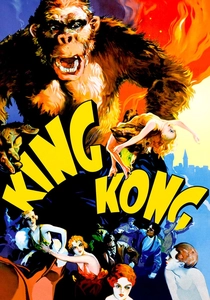
King Kong (1933)
Description: A pioneering film in special effects, "King Kong" tells the story of a giant ape brought from Skull Island to New York, blending adventure, romance, and tragedy.
Fact: The film's stop-motion animation was groundbreaking for its time.
 Watch Now
Watch Now
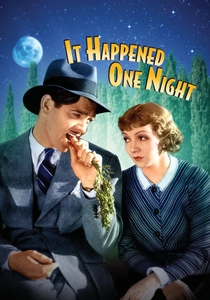
It Happened One Night (1934)
Description: This romantic comedy is often credited with establishing the screwball comedy genre. Its blend of humor, romance, and social commentary made it a landmark film, winning all five major Academy Awards in its year.
Fact: It was the first film to win the "Big Five" Oscars, including Best Picture, Best Director, Best Actor, Best Actress, and Best Adapted Screenplay.
 Watch Now
Watch Now
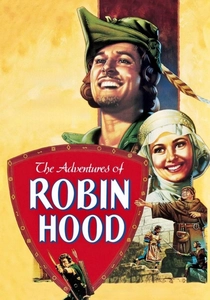
The Adventures of Robin Hood (1938)
Description: Errol Flynn's portrayal of the legendary outlaw Robin Hood, combined with the film's vibrant Technicolor, made this a standout adventure film of the era.
Fact: The film was one of the first to use Technicolor's three-strip process, which provided richer colors.
 Watch Now
Watch Now
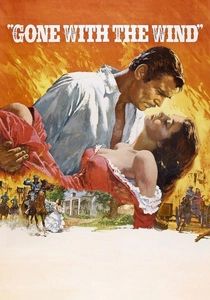
Gone with the Wind (1939)
Description: An epic historical romance, this film captures the tumultuous period of the American Civil War and Reconstruction, offering complex characters and a sweeping narrative that has captivated audiences for decades.
Fact: It was the first film to be released on video while it was still being shown in theaters.
 Watch Now
Watch Now
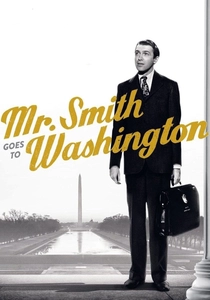
Mr. Smith Goes to Washington (1939)
Description: This political drama showcases the idealism of an ordinary citizen thrust into the corrupt world of politics, highlighting themes of integrity and the fight against corruption.
Fact: The film was banned in Nazi Germany and the Soviet Union for its portrayal of democracy.
 Watch Now
Watch Now

Stagecoach (1939)
Description: John Ford's masterpiece redefined the Western genre, introducing a narrative depth and character development that would influence countless films thereafter.
Fact: This film marked John Wayne's breakthrough role, making him a star.
 Watch Now
Watch Now
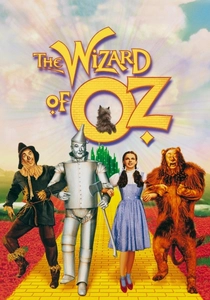
The Wizard of Oz (1939)
Description: A timeless classic, this film's use of Technicolor, memorable songs, and the journey of Dorothy through the magical land of Oz have made it an enduring favorite, symbolizing the transition from black-and-white to color in cinema.
Fact: Judy Garland's dress was actually pink and white, but it appeared blue on screen due to the Technicolor process.
 Watch Now
Watch Now

The Thin Man (1934)
Description: This detective comedy introduced the world to Nick and Nora Charles, a sophisticated couple solving crimes with wit and charm, setting the tone for many future detective films.
Fact: The film's success led to five sequels, making it one of the first film franchises.
 30 Days Free
30 Days Free

